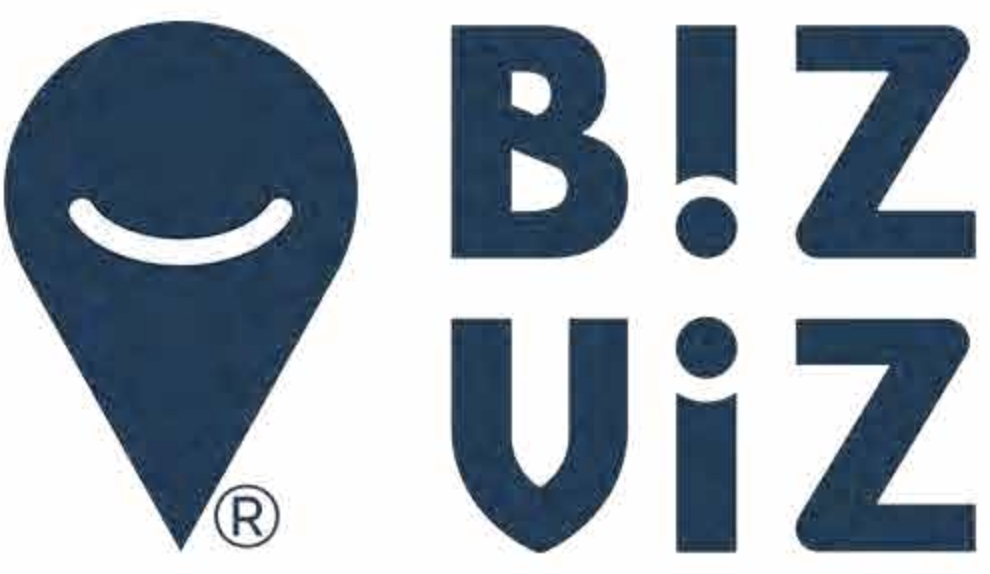Introduction to Banking on the next level of Green Finance, by author Marc René Deschenaux
In a world where the dynamics of change move in harmony with the rhythm of human innovation, the stage was set in 2019 for the rise of an organization that sought to redefine the economic and environmental narrative. It was against this backdrop that the World Public Economy Organization (WPEO) was born.
Founded and run by the enigmatic Mr. Che Fu, an environmental enthusiast with a penchant for the arts and a unique vision for Green Finance, the WPEO aimed to inspire a revolution in sustainable capitalism and rural revitalization.
As the then-President of the United Nations Foundation for the Arts, Mr. Che Fu was no stranger to the vibrant intersection of culture, society, and international collaboration. It was his tenure at the UN Foundation that underlined the need for an integrated, sustainable approach to development—one that celebrated the past while crafting a future of environmental and economic stability. It was an insight that would later form the bedrock of his philosophy at the WPEO.
Mr. Che Fu envisioned Green Finance not just as a niche segment of finance, but as a transformative force that could breathe new life into old, abandoned rural and artisanal projects. In his view, these projects, rooted in local knowledge and craft, held immense potential for sustainable development. By channeling funds towards these projects, he believed that we could not only preserve our cultural heritage but also build a greener, more sustainable world.
His vision challenged the status quo. While the conventional green movement was focused on creating new green projects, Mr. Che Fu sought to unlock the latent value in existing rural and artisanal initiatives. By integrating Green Finance into these areas, he believed that we could bring about rural revitalization while advancing the cause of sustainable capitalism.
This book aims to take you on a journey through the inception, development, and potential future of the WPEO, guided by the pioneering vision of Mr. Che Fu. As you turn the pages, you’ll explore the fundamental principles of Green Finance, its applications in rural revitalization, and the transformative impact it can have on our economies and societies.
From the quaint pottery village nestled in the Italian countryside to the intricate silk weaving workshops in rural India, the potential for rural revitalization is vast. These seemingly forgotten realms of craftsmanship are treasure troves of cultural heritage and knowledge. The idea is not to turn these artisans into factory workers but to enable them to continue their craft in a sustainable manner, financially and environmentally.
You’ll learn how Green Finance can provide these artisans with the resources they need to revive their crafts and breathe life back into their communities. By investing in sustainable practices, renewable energy sources, and low-carbon technologies, they can reduce their environmental footprint while enhancing their economic viability.
Furthermore, the book will delve into how the WPEO, under Mr. Che Fu’s leadership, is playing a pivotal role in this transformation. You’ll explore their strategies for engaging with stakeholders, lobbying for supportive policies, and promoting the adoption of Green Finance in rural areas.
But the journey doesn’t stop there. The narrative also takes a deep dive into the potential challenges
that the WPEO might face, including resistance to change, policy hurdles, and financial constraints.
Through a blend of analysis and storytelling, the book seeks to not only identify these challenges but also propose innovative solutions to overcome them.
In essence, this book is the exploration of a vision. A vision of a world where the environment doesn’t pay the price for economic progress, where rural communities and artisanal projects thrive, and where Green Finance is an intrinsic part of our economic fabric.
So come, join us on this journey and discover the power and potential of Green Finance as we venture into the rural landscapes of the world, unveiling the transformational impact of sustainable capitalism, one revitalized community at a time.
You will learn about the birth of Green Finance, its conceptual evolution, and the underlying principles that make it a unique and pivotal element in the global economic and environmental discourse. This background will provide you with the foundation necessary to appreciate its applications and implications in the later chapters.
As you venture deeper into the book, we’ll explore the World Public Economy Organization’s journey. From its birth to its development, its strategies, and its achievements, you’ll see how this global organization navigates the crosscurrents of politics, economics, and sustainability.
You will understand how Mr. Che Fu’s vision permeates to WPEO through its structure, influencing its
strategies and shaping its future.
The author takes us to the heart of rural revitalization, showcasing the rich cultural heritage and economic potential of these often-neglected regions. You’ll discover how these communities, with their traditional crafts and practices, can contribute to a sustainable economy while preserving their cultural identity.
The ensuing chapters illustrate the transformative power of Green Finance, as manifested in the revival of artisanal projects. You’ll read fascinating stories of rural rejuvenation, from the restoration of ancient pottery techniques in a village in Spain to the resurgence of traditional weaving methods in a small town in Indonesia.
As you continue on this journey, you’ll be introduced to the economic frameworks that support these transformations. We’ll delve into the mechanics of green bonds, green loans, and other financial instruments that are fueling this rural renaissance. This intricate tapestry of economic, environmental, and social themes will provide a holistic understanding of Green Finance’s role in rural revitalization.
Yet, this journey isn’t devoid of challenges. In Chapter 8, we delve into the obstacles facing Green Finance in its quest for sustainable capitalism. You’ll learn about regulatory hurdles, market dynamics, and socio-economic constraints that could potentially hinder the progress of Green Finance.
But every challenge brings an opportunity, and in the face of these obstacles, the WPEO is devising ingenious strategies and innovative solutions to drive the Green Finance agenda forward. You’ll gain insight into their relentless pursuit of policy influence, resource mobilization, and public engagement, underscoring their commitment to rural revitalization and sustainable capitalism.
As we near the end of the journey, we take a moment to gaze into the future, envisioning the potential trajectory of Green Finance. Mr. Che Fu’s dream of integrating Green Finance into the mainstream economic fabric may seem ambitious, yet we explore how this aspiration might just be the transformational shift our world needs. Will Green Finance become a cornerstone of the global economy? What would such a world look like? How can we prepare for this impending reality?
In our concluding chapters, we reflect upon the unique synergy of tradition and innovation represented by the fusion of rural revitalization and Green Finance. We consider the promising evidence of economic, environmental, and social benefits already emerging from this marriage and ponder the untapped potential that still awaits discovery.
Mr. Che Fu’s visionary leadership of the World Public Economy Organization has placed it at the forefront of this green revolution, leading the way for a global economic transformation that respects our environment and preserves our cultural heritage. By investing in Green Finance, we can create an economic system that promotes prosperity without compromising our planet’s sustainability.
This book offers an exploratory journey into this transformative realm of sustainable capitalism and rural revitalization. It is not just an examination of the work of the World Public Economy Organization, but a testament to the tenacity of the human spirit in forging innovative solutions to our most pressing global challenges.
As we close this introductory chapter, we invite you to join us in the upcoming pages as we delve deeper into the nuances of Green Finance and its potential to transform rural landscapes into thriving, sustainable economic powerhouses. A world that Mr. Che Fu envisioned, where rural artisans flourish, where cultures are preserved, and where economic progress doesn’t come at the expense of our planet, awaits our exploration.
Through the collective efforts of organizations like the World Public Economy Organization, such a world is not just a distant dream, but a plausible reality that we can collectively work towards. The journey to sustainable capitalism and rural revitalization has just begun, and every page turned, every chapter read, brings us closer to understanding and realizing this transformative vision.

